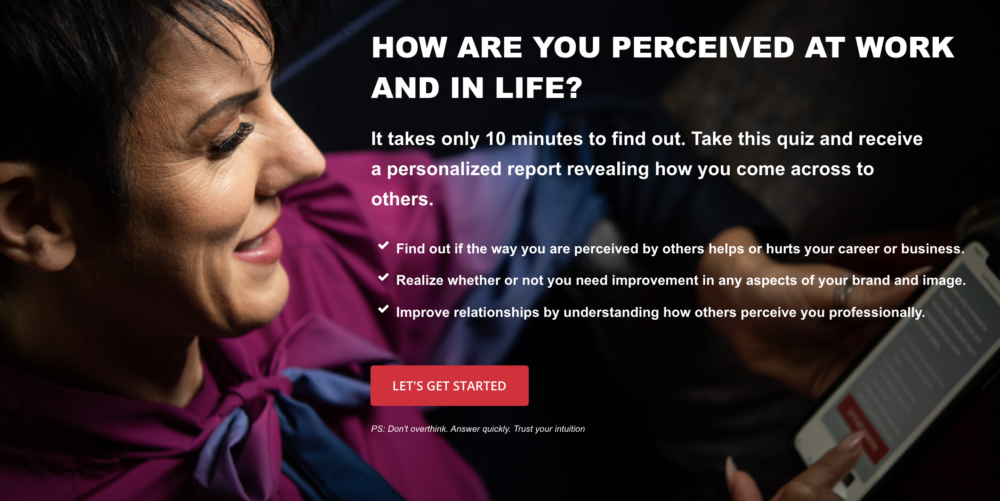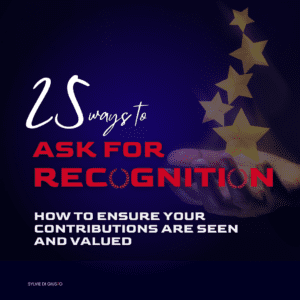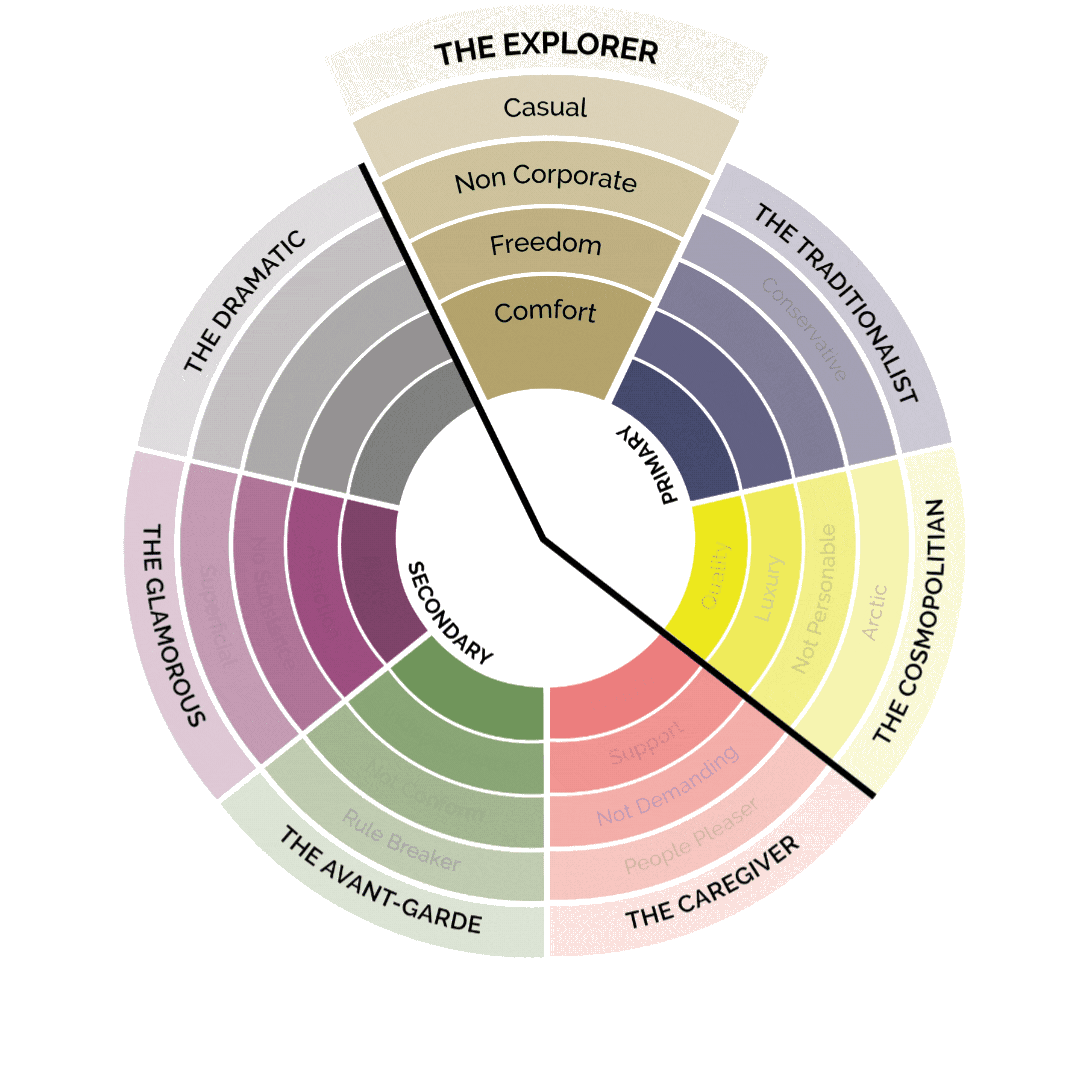Is there really no second chance for a first bad impression?
Can first impressions be changed? Do you ever really get a second chance? How can you overcome a bad first impression? I already have several posts on my website and videos on my Youtube Channel discussing how hard it is to change someone’s opinion about you—in particular when you make a bad first impression. However, there must be a way, right? That’s why in this article, I’ll share six practical tips that will help you if you have failed to make the impression you wanted—the first time around.
Because you have probably even been in this situation at some point yourself. Maybe you heard some unfavorable rumors about someone at work, but then later, when you met them, you did not experience any such behavior during your interactions with them. In your mind, though, the previous rumors are still pointing you toward the fact that this person is not nice or not trustworthy, and your brain continues to try to override the positive experience you had with them.
However, this does not mean it is impossible to overcome a bad first impression once made. While we should always do our best to make sure our first impression is a stellar one, there are things you can do if something has gone wrong. Here are six tips on how to overcome a bad first impression once made:
Vulnerability
First, sometimes you need to help people find a way to interpret your behavior more positively. If people see your actions were well-intentioned, then they will be much more likely to see even a bad interaction as a positive. As an example, if someone knows you cut them off in a conversation because you got an urgent phone call your loved one was in an accident, then it is very likely they will see the interaction in a different light when thinking about it later, and not primarily as a bad first impression. If they find out you were having an off day because your dog just passed away, then their empathy will kick in, and they will see the interactions they had with you that day as excusable, and it will be much more unlikely to affect how they see you in the future. So try to be vulnerable and allow people to understand you better if things went wrong.
Rebuild
Second, while you may not be able to delete the memory, you can make new ones. If you got off on the wrong foot with someone, or made a bad first impression, all is not lost. If you consistently make new and better impressions on them over time, they will likely begin to reform that initial impression they had of you and come to see you in a much more positive way. Soon, they may even completely forget that initial interaction they had with you because they have had so many positive ones in the meantime.
Repetition
To achieve that, repetition is key. Small yet repeated interactions build trust the fastest. A Harvard study suggests that it will take eight subsequent positive encounters to change a person’s negative opinion of you. Overcoming a bad impression requires that all your future behavior has to be consistent with how you want to be perceived. So, if you’re really determined to win someone over after a rough start, you need to be persistent, consistent, and patient.
Honesty
Or, simply say sorry. Most people really appreciate it if you realize you’ve done something wrong, own your mistakes, learned from them, and everyone can move on. Honesty can be a game-changer in any relationship and goes a long way toward changing someone’s perspective and perception. There’s another post that explains step by step how to apologize in a genuine and professional way at work. Check it out.
Attention
Number five. Get to know people better. The better YOU know others, the easier it is to show them that you actually care. If your co-worker has two kids, find out their names and ask how they are doing. Is there a hobby they are passionate about, or what’s their favorite food or restaurant? It is not about being in their personal business as much as it is about showing the other person’s true interest in the first step; in the second step pulling out those details during conversations—to show that you remember them — and third, making a connection with them so they can start to see you in a new way. The most important part of communication is actually not speaking; it’s listening alike. Be sure to be a good listener, and you will find mutual respect.
Help
Last but not least, sometimes you need help. Have someone else present positive information about you. If you wanted to land that dream job and the interview made a bad turn, a premium review or reference from an old boss or co-worker may turn the tide and show the interviewer that maybe you were just a little off that day. When they see that in the past, people that have worked with you only saw positive and amazing things, it can be much easier for them to think their first impression may have been off.
Be gentle with yourself and do the best you can—especially after a bad first impression
Look. We all have off days. We all are humans. We aren’t robots. You’re not always going to have your first impression picture perfectly laid out. You are going to make a bad first impression at some point. You’re not always going to choose the right outfit, the right attitude, right words. You’re not always going to be confident, prepared, or able to do what’s expected of you. However, what you CAN do is always try your best and realize that an initial impression is just that – a beginning. Even if the beginning was a bad first impression.
PS: Interested in more content like this? Make sure to follow me on Instagram. It’s where I visualize and publish my thoughts daily. I hope to see you there.





